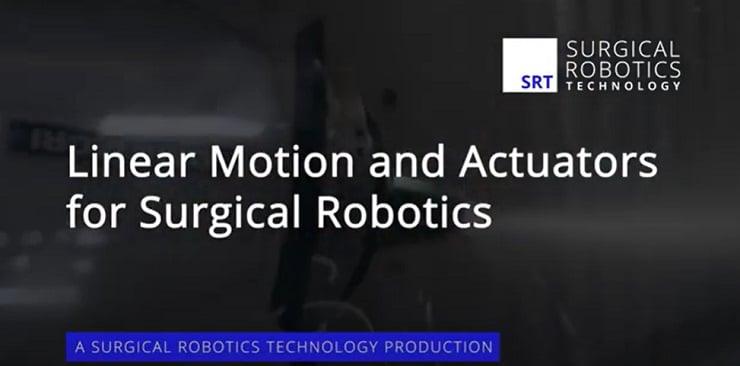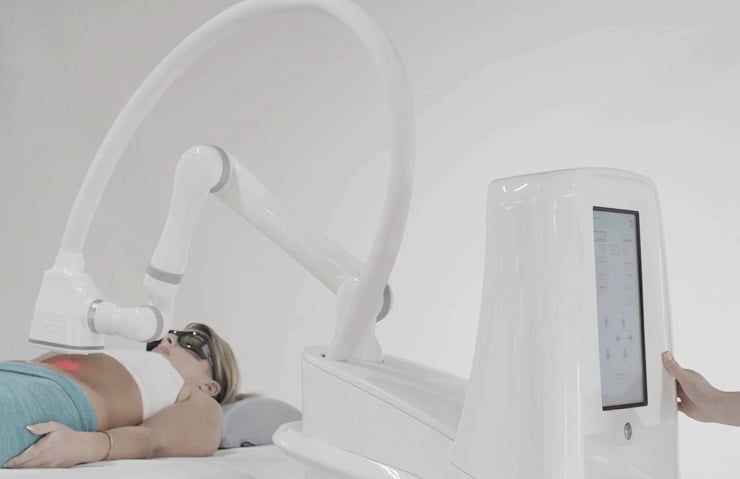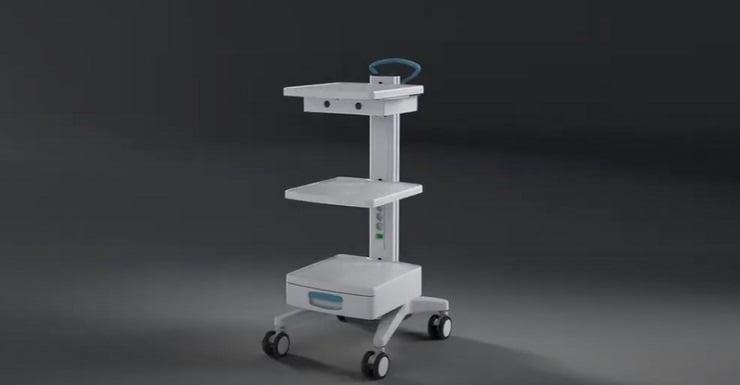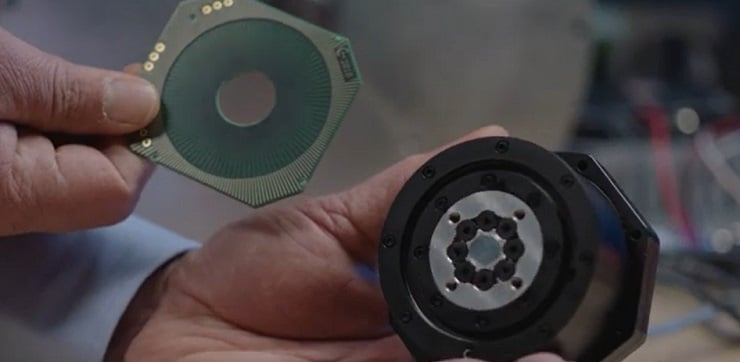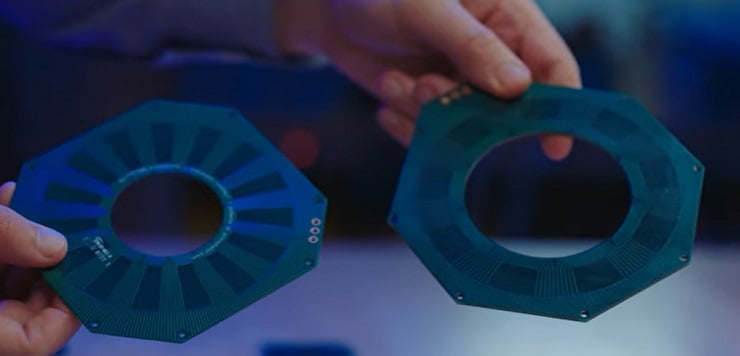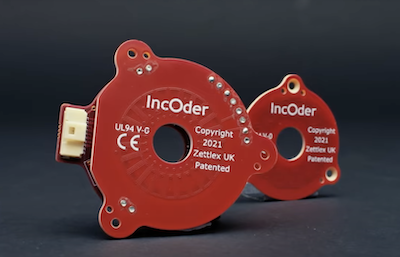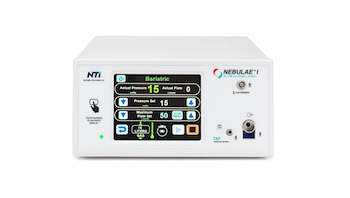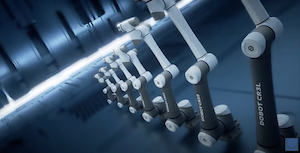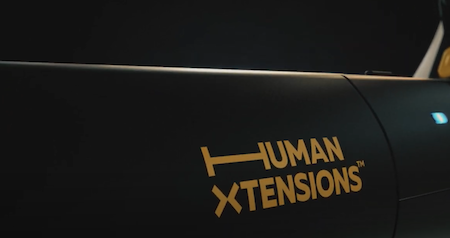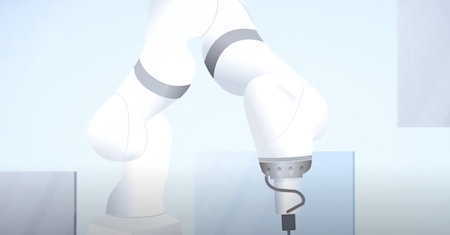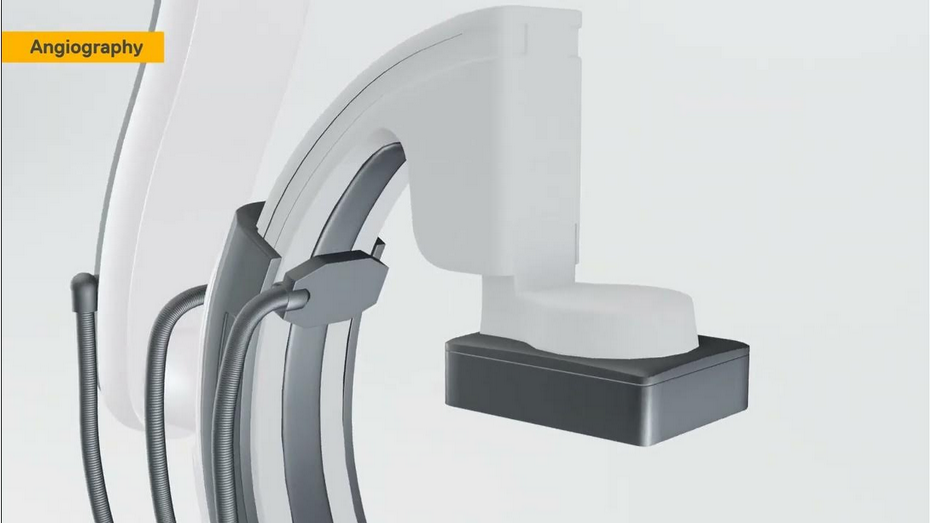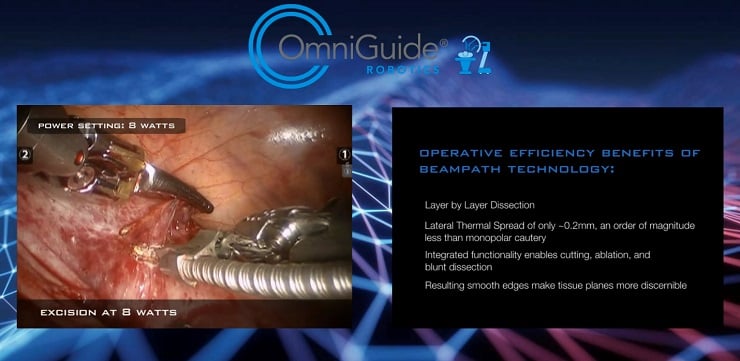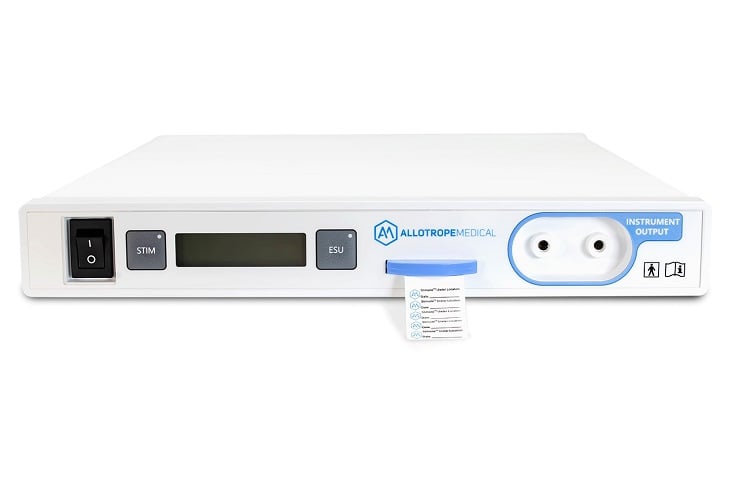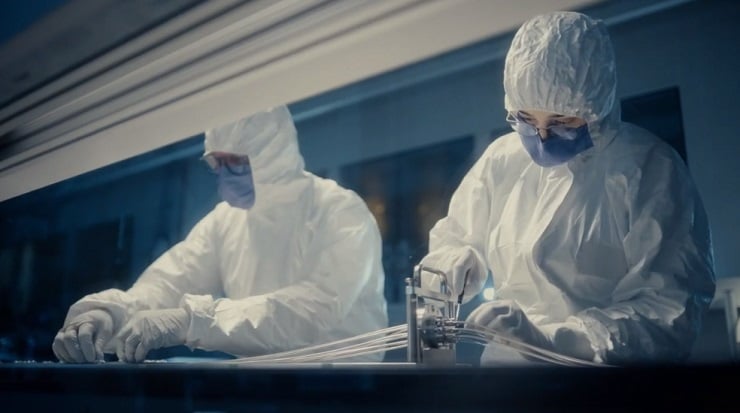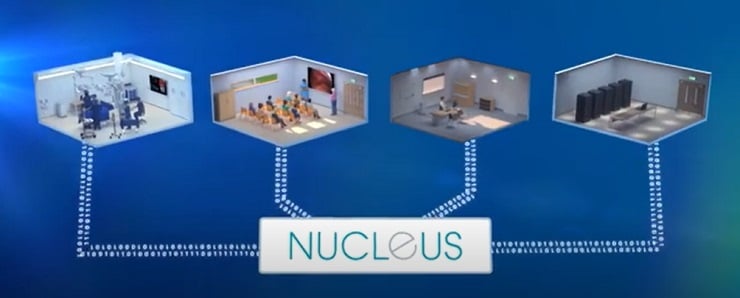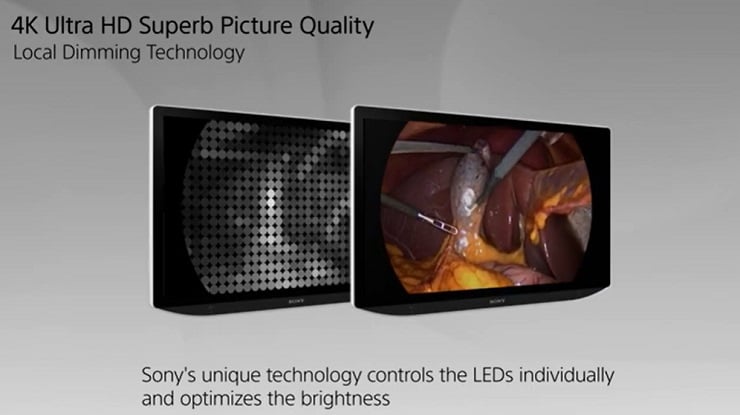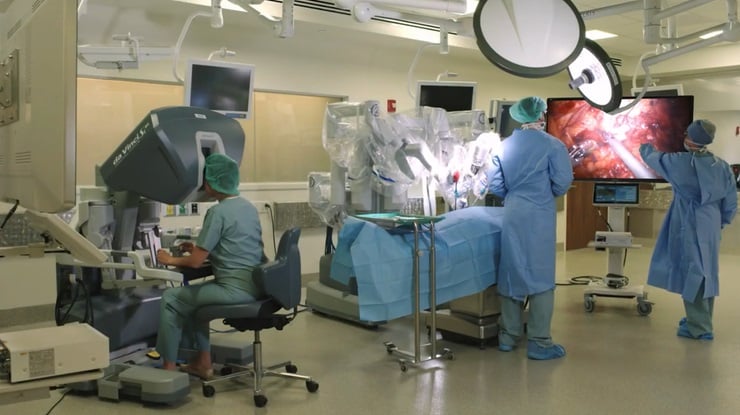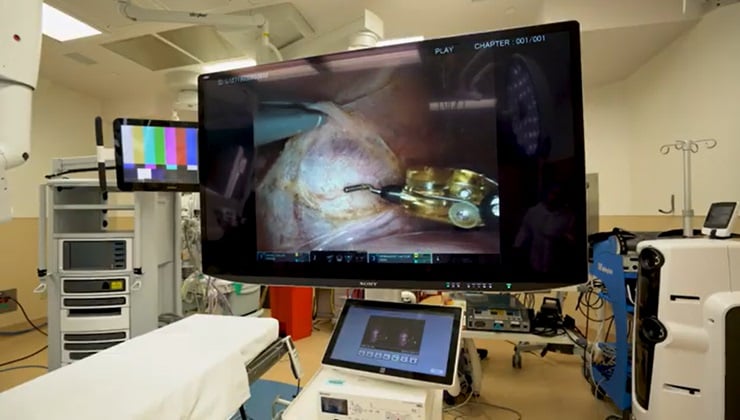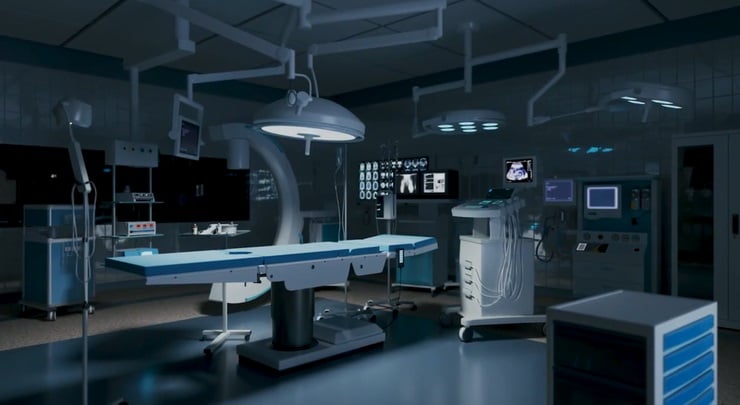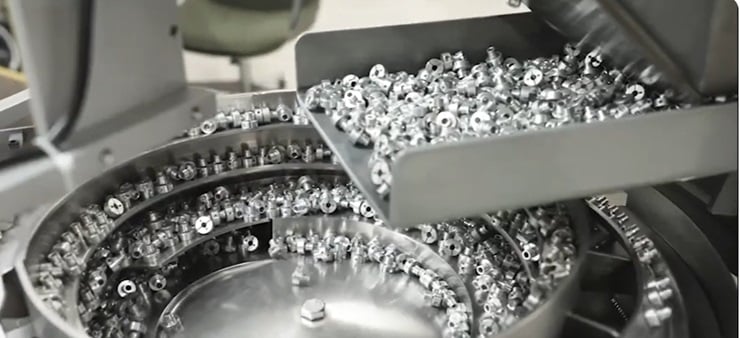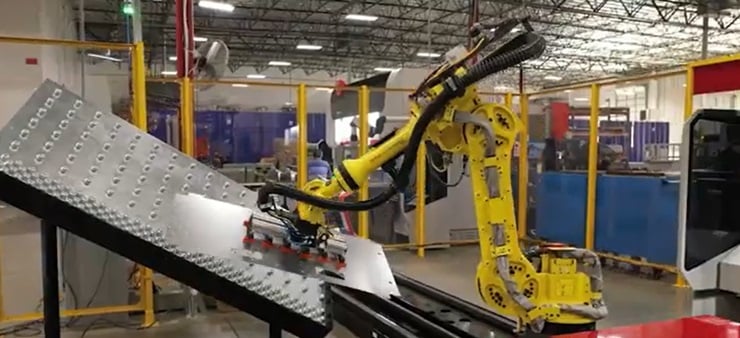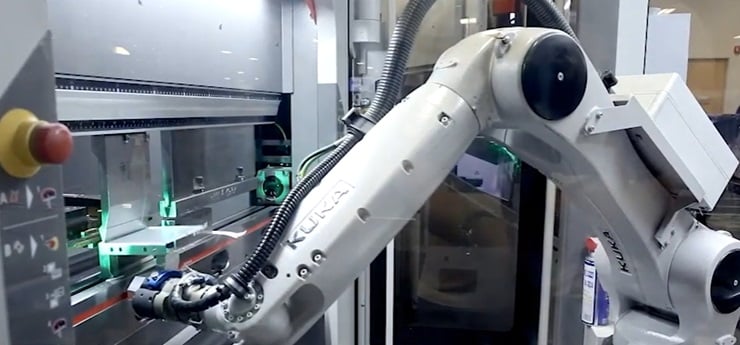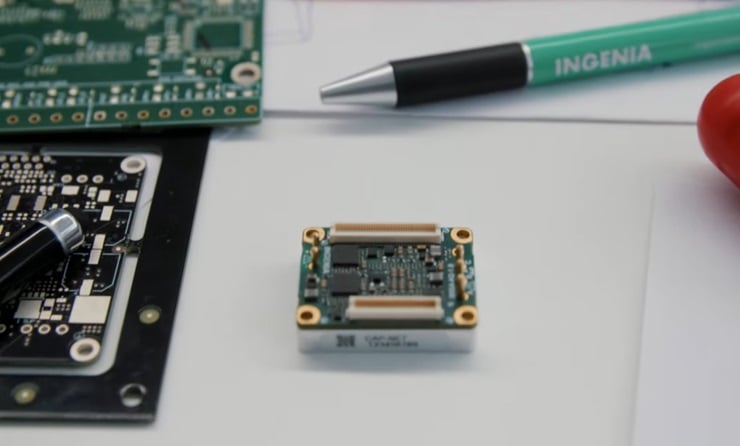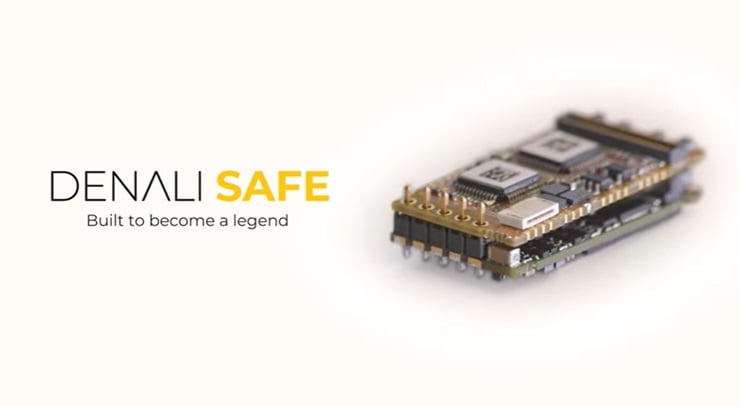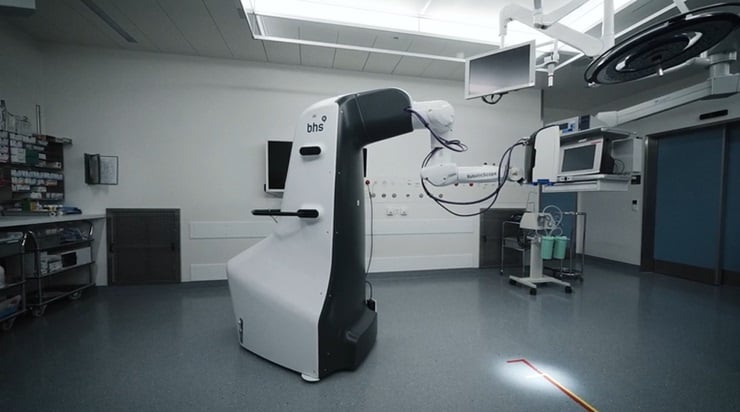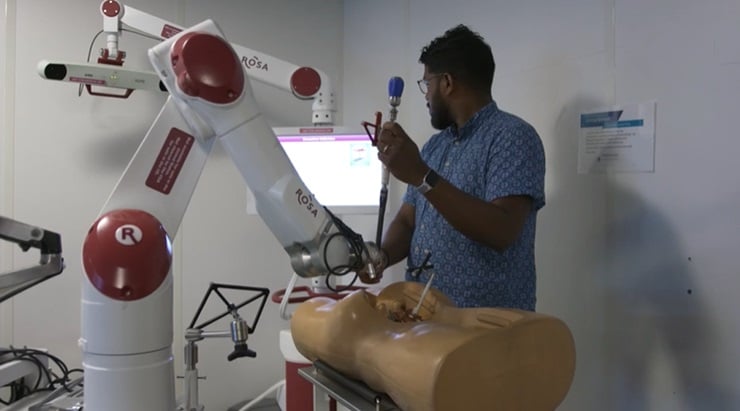How Does a PCB Stator Work?
ECM’s new PCB Stator replaces the bulky copper windings found in many conventional electric motors with an ultra-thin printed circuit board that places copper only where it is needed. The result is higher efficiency, lightweight machines that only require a fraction of the copper. PCB Stator motors are a new type of axial flux BLDC motor that can be a compact, efficient, and durable solution for many diverse applications including fans, pumps, robots, e-bikes, unmanned submarines, exercise equipment, home and kitchen appliances, industrial machinery and tools, various medical devices, bionics, etc.
Integrating a PCB stator solution in replace of a conventional copper wound stator motor can lead to many advantages. PCB Stator motors are smaller, lighter, quieter, smoother, and more efficient than conventional electric motors. Motors with a PCB stator are more durable and more sustainable for the environment. Their high power density, reduced cogging, greater design flexibility, and improved motor control make them an attractive solution for various applications.
ECM had developed an electric motor design software for PCB stator motor technology called PrintStator. PrintStator is essentially motor CAD for PCB stator motors. The PrintStator software takes user motor specifications and creates optimized electric motor designs integrated with PCB stator technology. This software gives its user unmatched design flexibility – allowing innovators to design a motor around their system rather than designing their system around a motor.


